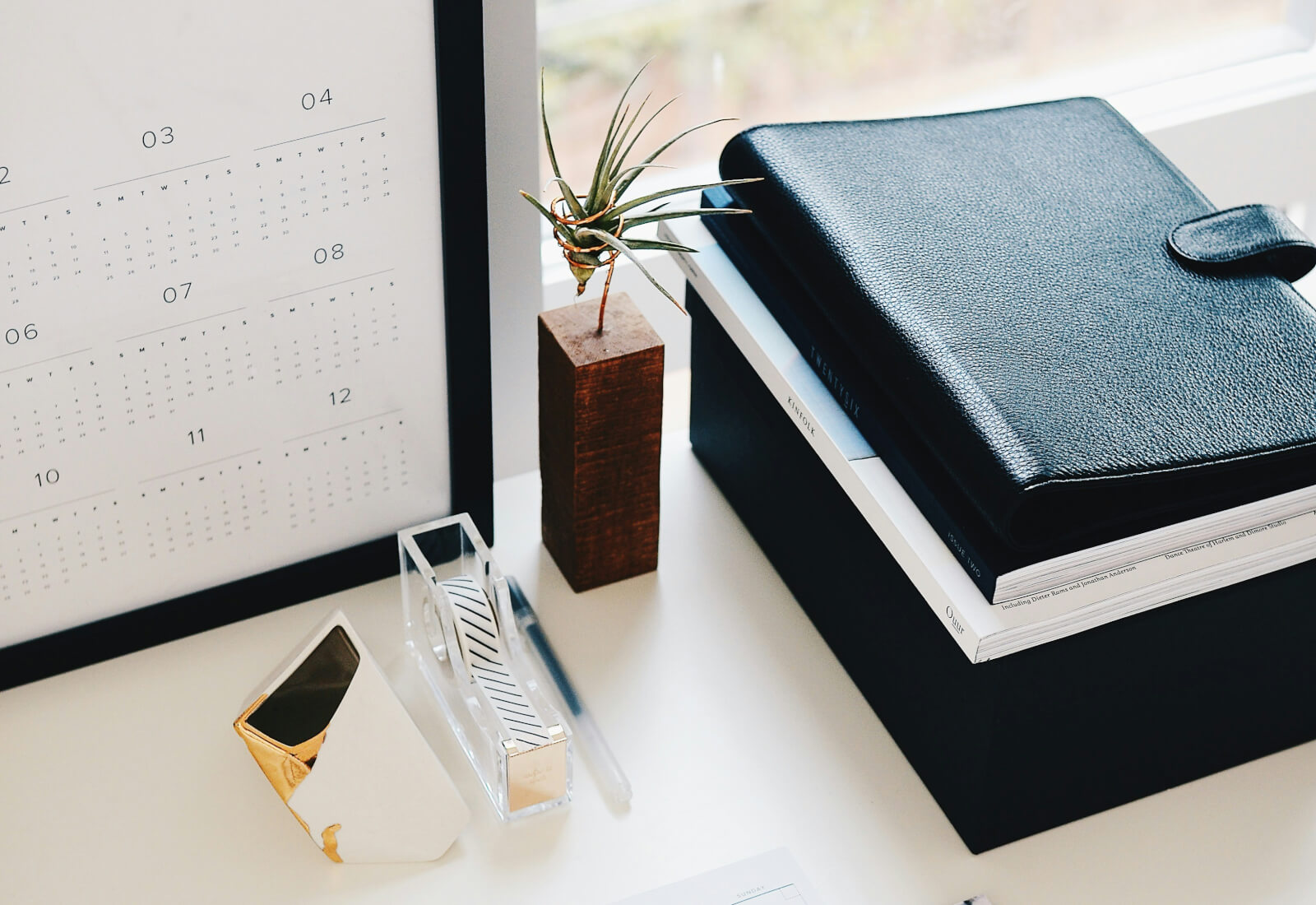
The day my company announced we were going fully remote, I felt a mix of excitement and dread.
read more
Hey there, fellow WFH warriors! It’s your girl Priya, coming at you live from my cozy Capitol Hill apartment. Let’s talk about the elephant in the room—or should I say, the elephant on our screens? Information overload. It’s the beast that’s been haunting us since we traded our cubicles for couches, and it’s high time we put this monster to bed.
Thing is, working from home has turned our devices into portals of endless information. Slack pings, email notifications, Zoom invites, Twitter threads, LinkedIn updates—it’s like trying to drink from a fire hose while riding a unicycle. On fire. 🔥🦄
But fear not, digital daredevils! I’ve compiled a guide to help you navigate this sea of information without drowning. So grab your favorite drink, and let’s dive in!
First things first—boundaries. Remember those? Yeah, they still exist, even if your office is now your bedroom.
Set specific work hours and stick to them. When work time is over, close those tabs, shut down that laptop, and resist the urge to check your work email at 11 PM. Your future self will thank you.
Pro tip: Create separate user profiles on your devices for work and personal use. It’s like having a digital costume change at the end of your workday. Superhero by day, Netflix binger by night!
Instead of being at the mercy of every ping and ding, set specific times throughout the day to check your various communication channels. Maybe it’s every hour on the hour, or perhaps three times a day. Whatever works for you, stick to it.
I used to be a notification junkie, jumping at every buzz of my phone. Now, I check messages three times a day: morning, noon, and late afternoon. The world hasn’t ended, and I’m getting more done than ever.
Not all information is created equal. Develop a system for ruthless prioritization. Think of yourself as a bouncer at the hottest club in town—your attention. Only the VIPs (Very Important Pieces of information) get past the velvet rope.
One method I swear by is the Eisenhower Matrix. Divide tasks into four categories:
Create a system to quickly categorize incoming information. I use a combination of tags and folders in my email and task management apps. For instance:
This system allows me to quickly assess and sort information as it comes in, preventing that overwhelming “where do I even start?” feeling.
Develop the skill of quickly scanning content for key information. Start by identifying the main points in headlines, subheadings, and topic sentences. Then, decide if you need to dive deeper.
I’ve trained myself to use the “5-second rule” - if I can’t determine the relevance or importance of a piece of content within 5 seconds, I either file it for later or discard it.
In a world of information abundance, the ability to strategically ignore certain things is a superpower. It’s about being selective with your attention and energy.
It’s like being a curator of your own attention museum. Choose only the exhibits (information) that truly matter and enhance your knowledge or productivity.
Set aside time each day—maybe an hour, maybe more—where you completely unplug. No phone, no computer, no smart fridge beeping at you.
Use this time to reconnect with the physical world. Read a book, go for a walk, practice yoga, or stare at a wall. Sometimes, doing nothing is the most productive thing you can do.
When you encounter a piece of information, deal with it immediately. Read it, respond to it, file it, or delete it. No more “I’ll get to that later” excuses.
I started applying this principle to my email inbox, and it was like magic. No more endless scrolling through old emails, wondering if I’d missed something important. Now, my inbox is always at zero, and I feel like I’ve got my life together (even if my laundry situation says otherwise).
Mindfulness can be incredibly powerful in managing information overload. It’s about training your mind to focus on the present moment, which can help you process information more effectively and reduce stress.
Try this: Next time you’re feeling overwhelmed, take a few deep breaths. Focus on the sensation of the air moving in and out of your lungs. Notice the weight of your body in your chair. Feel your feet on the floor.
Periodically review and streamline your digital channels. Unsubscribe from newsletters you no longer read, leave social media groups that don’t add value, and mute notifications from apps you don’t need to check regularly.
I do a “digital spring cleaning” every quarter. It’s amazing how much mental clutter you can clear by cutting out unnecessary digital noise.
Create a system for collecting, organizing, and synthesizing the information you encounter. It might involve:
Remember, the goal isn’t to hoard information, but to create a dynamic, evolving system that enhances your thinking and productivity.
Don’t just consume information—synthesize it. Practice connecting new information with what you already know. This not only helps in retaining information but also in generating new insights.
I like to use the “mental tagging” technique. When I encounter new information, I mentally tag it with related concepts or ideas. It’s like creating a web of knowledge in your mind.
This ancient memory technique involves associating pieces of information with specific locations in a familiar place, like your home. It’s a powerful way to organize and recall information.
For instance, I associate different work projects with different rooms in my apartment. When I need to focus on a particular project, I mentally “walk” into that room.
Block out specific times in your calendar for deep, focused work. During these periods, turn off all notifications, close unnecessary tabs, and focus solely on the task at hand.
Think of it as scuba diving in the ocean of information. Instead of skimming the surface, you’re going deep, exploring the rich depths of your work.
If a task takes less than two minutes to complete, do it immediately. This prevents small tasks from piling up and becoming overwhelming.
I use this rule for everything from responding to quick emails to washing dishes. It’s surprising how many small tasks you can knock out in a day!
Remember, taming the digital tsunami isn’t about perfection—it’s about progress. Start small. Pick one or two strategies that resonate with you and give them a try. As you get comfortable, gradually incorporate more techniques into your routine.
The digital world isn’t going anywhere, but with these tools in your arsenal, you’ll be better equipped to navigate its choppy waters. So go forth, my fellow digital explorers, and conquer that information overload!
And hey, if all else fails, there’s always the option of moving to a remote cabin in the woods with no Wi-Fi. But let’s consider that Plan Z, shall we? 😉
Now, if you’ll excuse me, I have a date with my ‘digital detox’ hour and a cup of tea. Happy decluttering! 🧘♀️🚀

The day my company announced we were going fully remote, I felt a mix of excitement and dread.
read more
Let’s get real for a second. Remote work? It’s like trying to navigate a spaceship while blindfolded.
read more
In today’s interconnected world, global team collaboration has become the norm rather than the exception.
read more
Hey there, fellow introverts and accidental hermits! Remember when we thought working from home was the dream?
read more
Picture this: You’re perched in front of your laptop, frantically adjusting your webcam and hoping your cat doesn’t decide to make a guest appearance.
read more